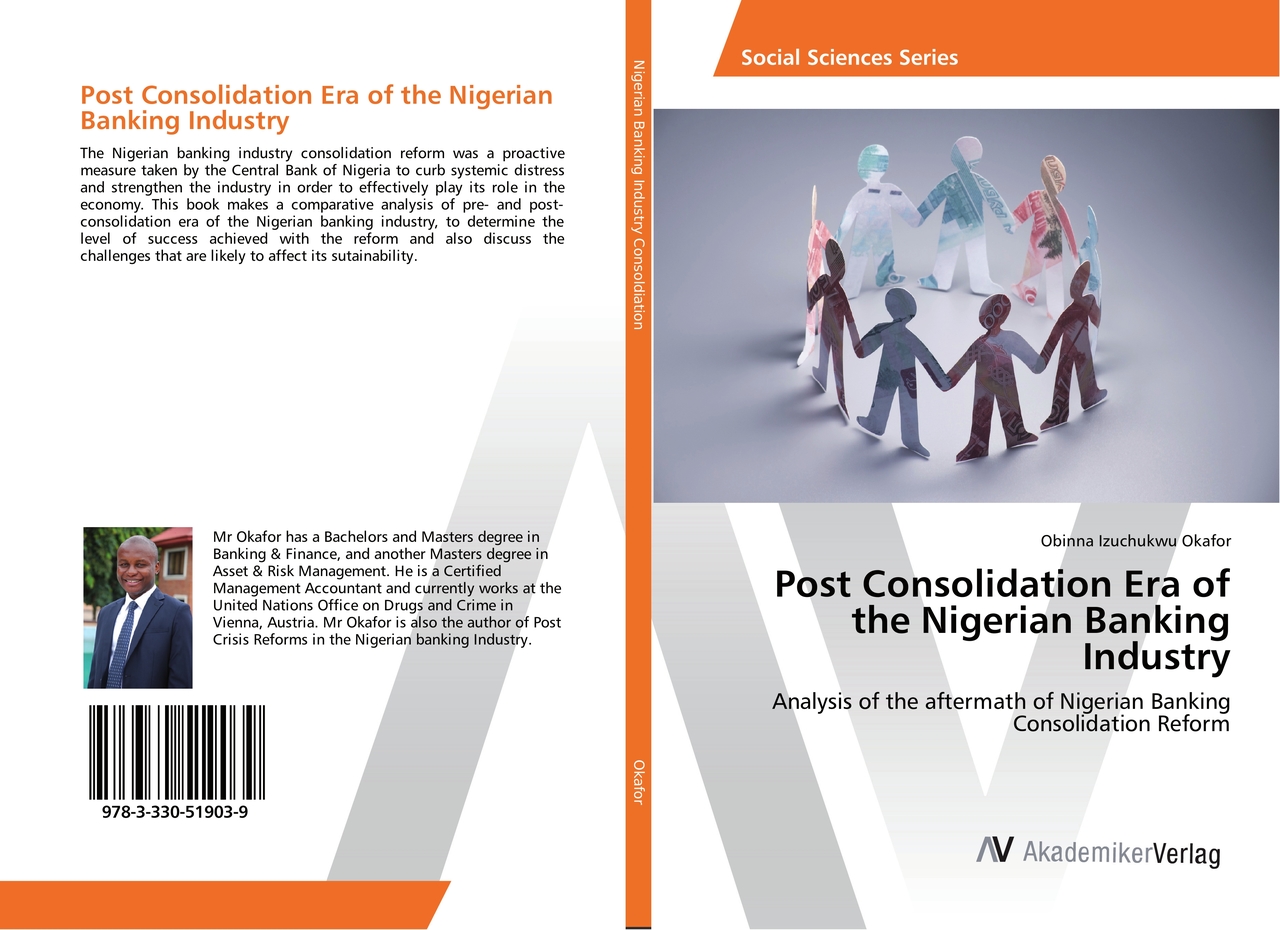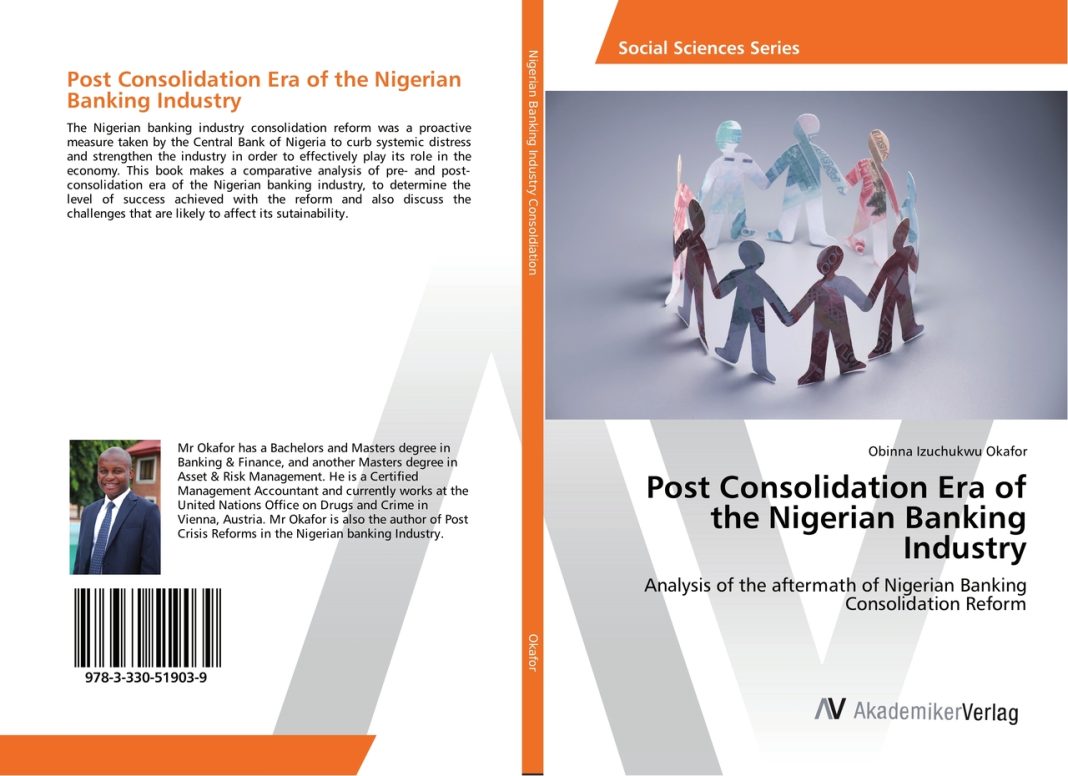 China’s recent measures to rescue its struggling property sector could have both positive and negative impacts on the banking industry, specifically in smaller cities. S&P Global warns that while the relaxation of down-payment requirements may temporarily increase mortgage demand, it also introduces risks related to leverage, mortgage defaults, and challenges for banks in smaller cities.
China’s recent measures to rescue its struggling property sector could have both positive and negative impacts on the banking industry, specifically in smaller cities. S&P Global warns that while the relaxation of down-payment requirements may temporarily increase mortgage demand, it also introduces risks related to leverage, mortgage defaults, and challenges for banks in smaller cities.
The People’s Bank of China (PBC) lowered the down-payment requirement for first-time homebuyers from 20 percent to 15 percent on May 17. Additionally, the PBC announced a 300 billion yuan ($41.43 billion) fund as part of a re-lending program for affordable housing and lifted the lower ceiling on mortgage rates.
However, S&P Global argues that housing prices in smaller cities are likely to fall by around 14 percent between 2024 and 2025. With a 15 percent down payment, further price declines in the third year of ownership could force homeowners into negative equity, potentially leading to defaults. This would leave banks holding onto houses worth less than the mortgage loans.
Furthermore, the removal of the floor on mortgage rates reduces lenders’ buffer to absorb potential losses when defaults occur. Banks would then have to pursue defaulters’ other assets to mitigate losses, incurring additional costs.
One challenge that banks face is accurately identifying primary residence buyers while increasing down payments and mortgage rates for others. The definition of “first homes” is loose, allowing buyers with properties in other cities to qualify as first-time buyers. Some of these buyers may not live in their newly purchased homes and may quit paying for them if they fall into negative equity.
Goldman Sachs also expresses concerns about household behavior, which may differ significantly from previous housing downturns. Changes in China’s demographic profile, such as a decrease in the number of 20-to-34-year-olds and annual births, suggest that the impact of property easing measures will be smaller today than a decade ago.
Setting the right price for housing inventory is crucial. If prices are set too low, sellers may be reluctant to sell, muting the effectiveness of the measures. On the other hand, overly high prices could make it difficult for financially strapped local governments to finance transactions.
The success of these policies in reinvigorating demand and stabilizing prices will play a crucial role. S&P Global suggests that if the measures prove effective, China’s property market may reach its bottom, including in tier-three and tier-four markets that have been slow to recover. This relies on improvements in homebuyer confidence, policy support, and government coordination.
However, if home prices drop beyond the 15 percent threshold and homeowners experience negative equity, those with multiple first homes may be more inclined to stop mortgage payments. This would be particularly true if they lack confidence in their income or job security.
Overall, a relaxation of down payment requirements may temporarily increase mortgage demand but could stress banks if housing prices continue to fall. The risks associated with leverage, mortgage defaults, and challenges in smaller cities should be carefully monitored by investors and banks operating in the Chinese property sector.

